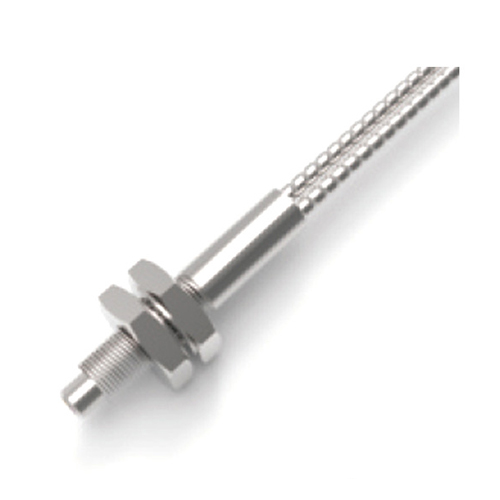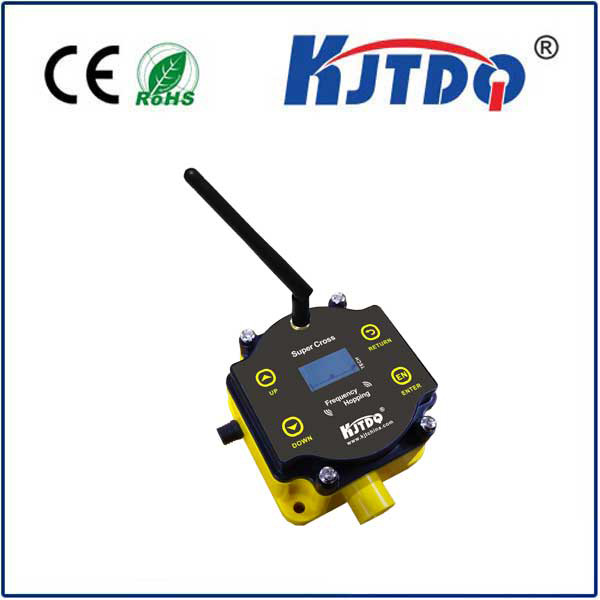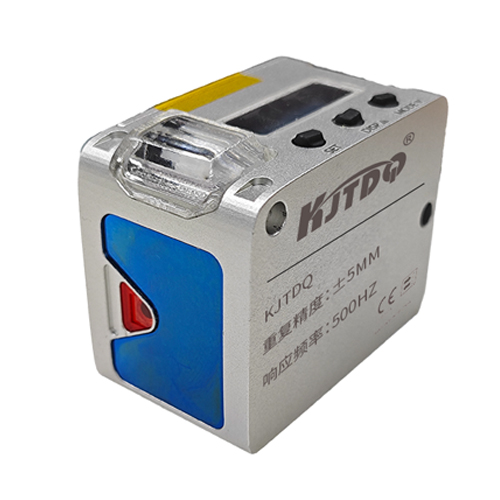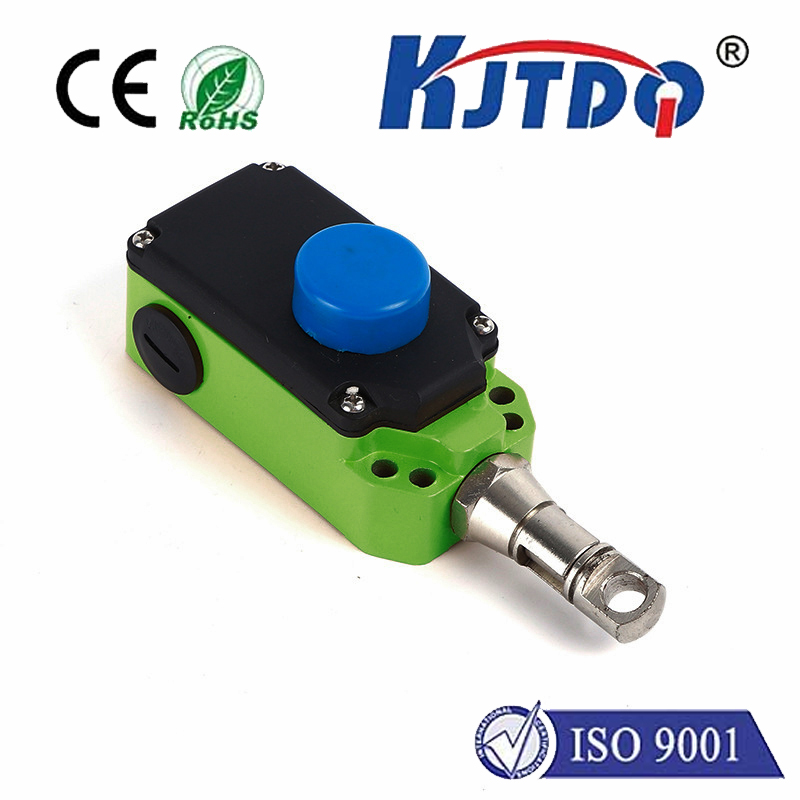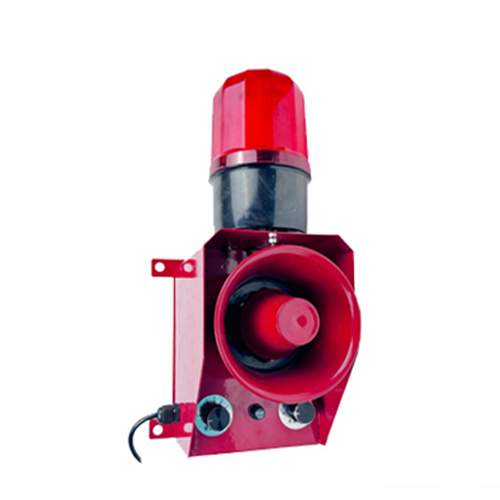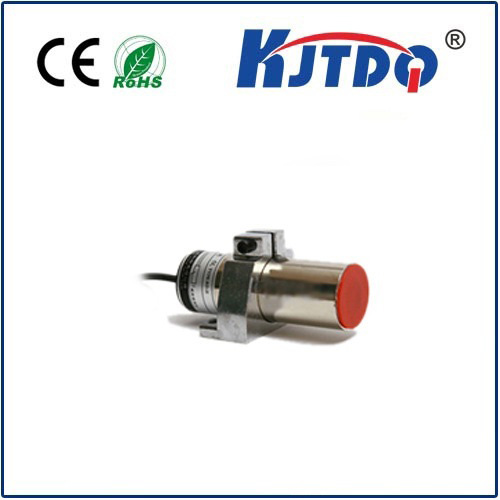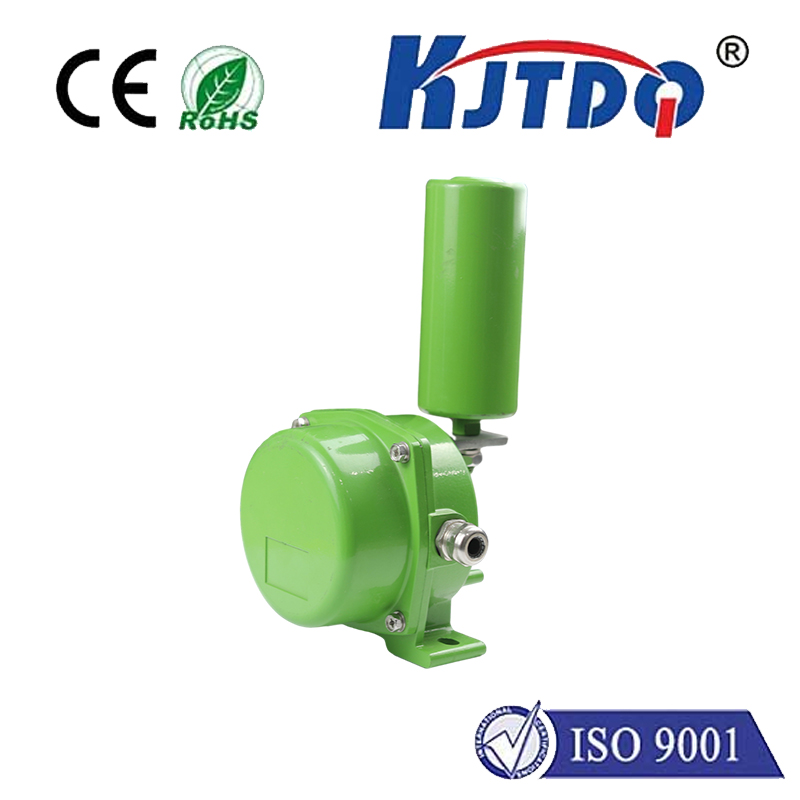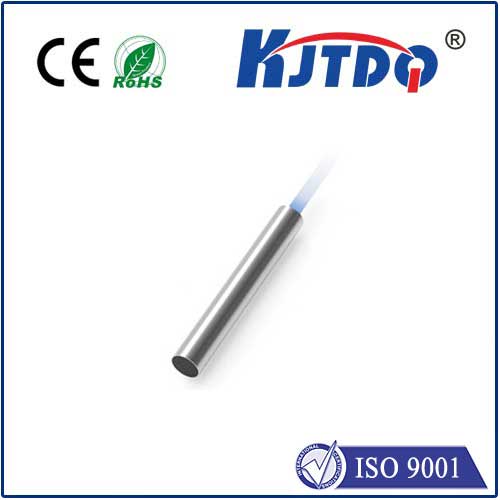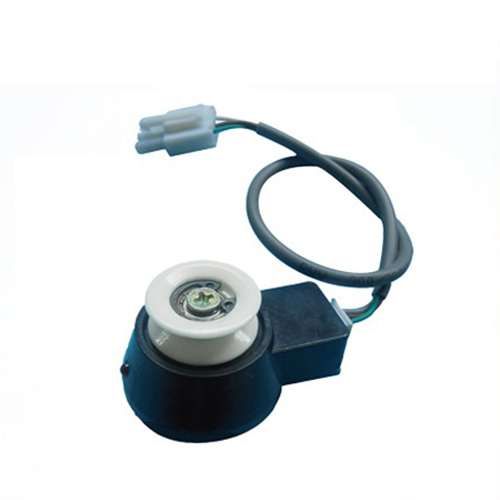

check

check

check

check
Title: The Evolution and Advancements of Magnetic Inductive Proximity Sensors
Introduction to Magnetic Inductive Proximity Sensors (MIPS)
Magnetic Inductive Proximity Sensors (MIPS) are small, low-cost, and non-contact sensors that use magnetic fields to measure the distance between two electrical conductors. These sensors have found widespread applications in various industries, including automotive, healthcare, manufacturing, and robotics, due to their accuracy, reliability, and ease of integration.
The History and Evolution of MIPS
The concept of using magnetic fields to measure distance dates back to the early 19th century when German inventor Heinrich Rudolf Hertz discovered electromagnetic waves. However, it was not until the late 20th century that scientists began exploring the potential of MIPS as a proximity sensor. The first commercial application of MIPS can be traced back to the 1960s, when they were used in electronic locks and access control systems.
In the following decades, significant advancements were made in the design, manufacture, and performance of MIPS. One such improvement was the development of integrated circuits (ICs) that could incorporate multiple sensing elements into a single device. This led to the production of miniaturized and affordable sensors that could be easily installed on various surfaces without damaging them.
Another important breakthrough was the introduction of passive MIPS, which did not require any power source or external components. This made them ideal for applications where power availability was limited or nonexistent. Additionally, the increasing demand for real-time monitoring and data processing capabilities led to the development of digital MIPS that could transmit signals over serial ports or wirelessly.
Current State and Future Trends of MIPS
Today, MIPS are used in a wide variety of applications, from automotive safety systems to medical devices. They offer several advantages over other proximity sensors, such as high accuracy, fast response time, and simple installation procedures. However, they also face some challenges, such as interference from other electromagnetic signals, limitations in detecting short distances, and difficulty in operating in extreme weather conditions.
To overcome these challenges, researchers are exploring new materials, designs, and techniques to improve the performance of MIPS. Some promising areas include the use of nanomaterials for enhanced sensing properties, the integration of optical sensors for increased visibility under different lighting conditions, and the development of hybrid sensors that combine MIPS with other sensing technologies like ultrasonic or capacitance sensors.
Conclusion
Magnetic Inductive Proximity Sensors (MIPS) have come a long way since their inception and continue to play an essential role in many modern industries. With ongoing research and innovation, MIPS are expected to evolve further and offer even more advanced functionalities in the future. As such, it is important for designers and engineers to stay up-to-date with the latest developments in this field to ensure that they can leverage the full potential of MIPS for their applications.
